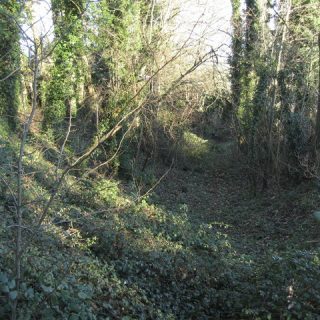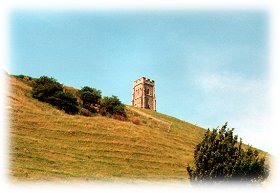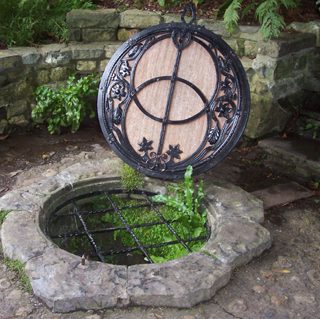Winklebury Camp
Local folklore suggests that if you walk around the Iron Age hillfort seven times at midnight, the Devil will appear on a large black horse and grant one wish.
Only brave people should attempt this as the Devil will always try to trick people into losing their souls to him.










Recent Comments